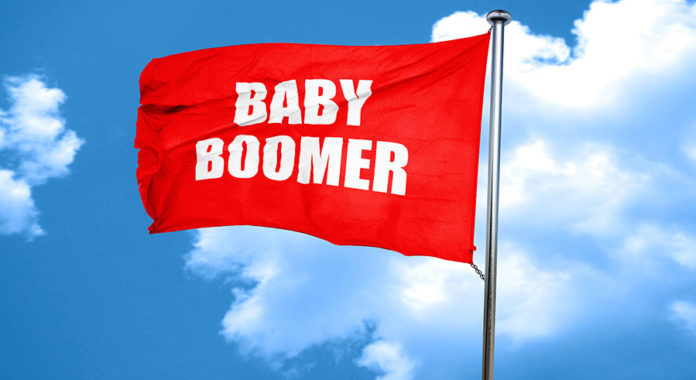The Changing Age Structure of the Population
The U.S population currently stands at nearly 321 million and may reach almost 364 million by 2030. The single most important demographic trend in the United States is the changing age structure of the population. Primarily because of falling birthrates and longer life expectancies, the U.S. population is rapidly getting older. In 1980, the median age was 23; by 2050, it is estimated to be 38. This aging of the population will have a significant impact on markets and those who service them.
The U.S. population contains several generational groups. Here, we discuss the four largest groups – the baby boomers, Generation X, the Millennials, and Generation Z – and their impact on today’s marketing strategies.
The Baby Boomers, The post-World War II baby boom produced 78 million baby boomers, who were born between 1946 and 1964. Over the years, the baby boomers have been one of the most powerful forces shaping the marketing environment. The youngest boomers are now in their fifties; the oldest are in their late sixties and well into retirement.
The baby boomers are the wealthiest generation in U.S. history, what one analyst calls “a marketer’s dream.” Today’s baby boomers account for about 35 percent of the U.S. population but control an estimated 70 percent of the nation’s disposable income and half of all consumer spending. The boomers constitute a lucrative market financial services, new housing and home remodeling new cars, new cars, travel and entertainment, eating out, health and fitness products, and just about everything else.
In a recent campaign aimed at convincing companies to advertise in its magazine, the AARP (formerly the American Association of Retired Persons) advices that brands focusing on younger demographics groups are missing a big opportunity. The AARP ads feature people in their 50s and 60s, with headlines such as “I may be creased, but my money is crisp” and “I may be gray, but my money is as green as it gets.” The ads continue: “Why is it all about 18-34, when they barley have a dime of their own? The story is simple, AARP…reaches the best boomers, and 68 percent of those over 50 give money to their adult kids.
It would be a mistake to think of the older boomers as phasing out or slowing down. For example, the titles of many magazines targeting boomers suggest that these consumers are anything but the stereotypical faded, poverty struck shut-ins.
Rather than viewing themselves that way, many of today’s boomers see themselves as entering new life phases. The more active boomers – sometimes called zoomers – have no intention of abandoning their youthful lifestyles as they age. For example, adults over 50 now account for 80 percent of luxury travel spending in America. Boomers are also digitally active and increasingly social media savvy. They are the fastest-growing demographic online, and nine out of 10 boomers have made an online purchase. They are also the fastest-growing social media users, with an 80 percent surge in Facebook usage over the past four years.
Thus, although the boomers buy lots of products that help them deal with issues of aging – from vitamins to blood pressure monitors to Good Grips kitchen tools – they also constitute a lucrative market for products and services that help them live life to the fullest. For example, Amazon created a site dedicated to customers over 50 – called “50+ Active & Healthy Living.” The site features four sections catering to health-care, medical, and dietary needs but five sections focused on products for travel and leisure, exercise and fitness, beauty, and entertainment.





